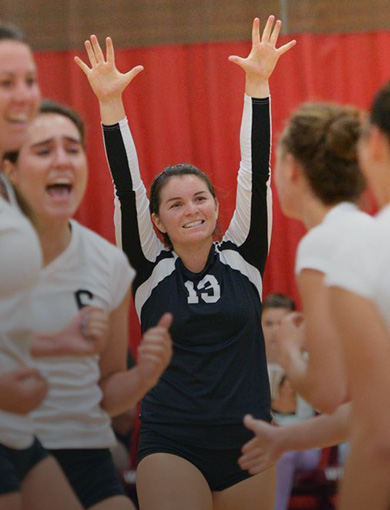Shoulder Glenoid Labral Tears
What is a glenoid labral tear?
The labrum is a rim of cartilage that surrounds the shallow socket in the shoulder blade called the glenoid. It functions to create a deeper and more stable socket and is the site of attachment for several shoulder ligaments. Tears that are located above or below the middle of the socket. A tear below the middle of socket that may involve the ligament that attaches to the upper arm bone is called a Bankart lesion. A tear above the middle of the socket that may involve the biceps tendon is called a SLAP lesion.
What causes a labral tear?
Trauma and repetitive shoulder movements can injure the labrum. A fall on an outstretched arm, a direct blow to the shoulder, and a sudden jerk while trying to lift a heavy object are common examples of traumatic injury.
People of all ages can suffer a labral tear due to normal wear and tear and repetitive stress. A labral tear is the most common repetitive stress injury in young athletes and is often associated with a shoulder dislocation.
What are the symptoms of a labral tear?
- A sharp popping, grinding or catching sensation in the shoulder with certain movements, mostly overhead extension
- A deep ache and pain
- Pain with overhead motions
- Loss of strength
- Shoulder instability
Diagnosis
Your OANC orthopedic surgeon will listen to your complaints and symptoms, ask you questions about how the shoulder was injured, what you were doing when the pain started, when the symptoms began and your level of pain. They will conduct a physical exam including testing range of motion and stability. Raising your arm overhead will elicit a catching or popping sensation which is indicative of a labral tear.
They may order imaging tests like a CT scan or MRI to view the labrum, often with a contrast dye to reveal the tears. However, the most accurate diagnostic tool is the arthroscope which is also used for repair.
What are the treatment options?
Often noninvasive, nonsurgical treatment with ice, immobilization, anti-inflammatory medications, activity modification, and physical therapy will help relieve symptoms and allow a tear to heal. When indicated, selective injections for pain and to stimulate the body’s own healing process may be recommended. When these treatments are ineffective, minimally invasive arthroscopic surgery will be recommended. Outpatient, minimally invasive arthroscopic surgery with regional anesthesia will confirm your diagnosis and successfully repair the tear and relieve pain. When the ligament or biceps tendon is torn or detached, it will be repaired.
Rehabilitation
After surgery you will need to wear a sling for several weeks to support and protect the shoulder. Icing and pain medications will help manage discomfort. Passive, pain-free range of motion exercises will be prescribed until the sling is removed. Then gentle range of motion exercises and stretching will restore stability and mobility followed by strengthening exercises. Full recovery can take up to six months.
At Orthopedic Associates of Northern California our board-certified, fellowship trained orthopedic surgeons treat a wide range of shoulder conditions in young and old alike. You will be treated with respect and receive professional, compassionate care in our state-of-the-art facility. OANC offices are located in Chico and Paradise California.
When you or a loved one are suffering with joint pain, or have been diagnosed with an orthopedic condition, contact Orthopedic Associates to schedule a consultation to learn more about your condition and all your treatment options.





